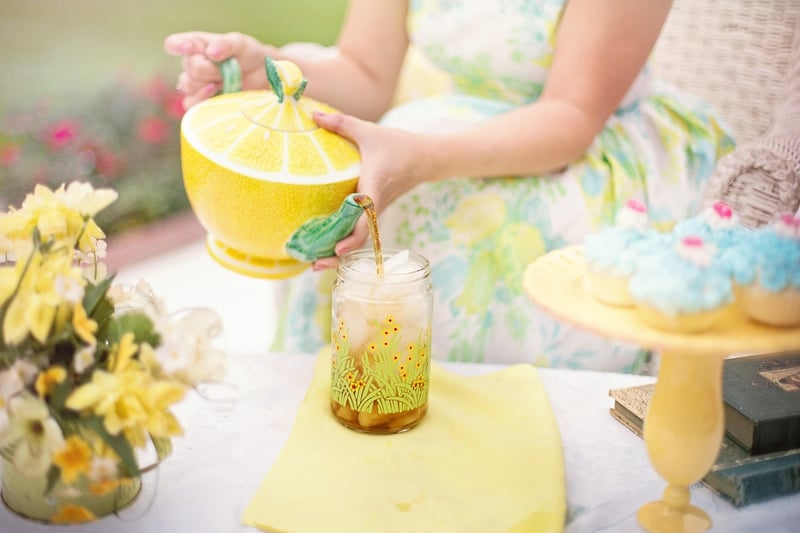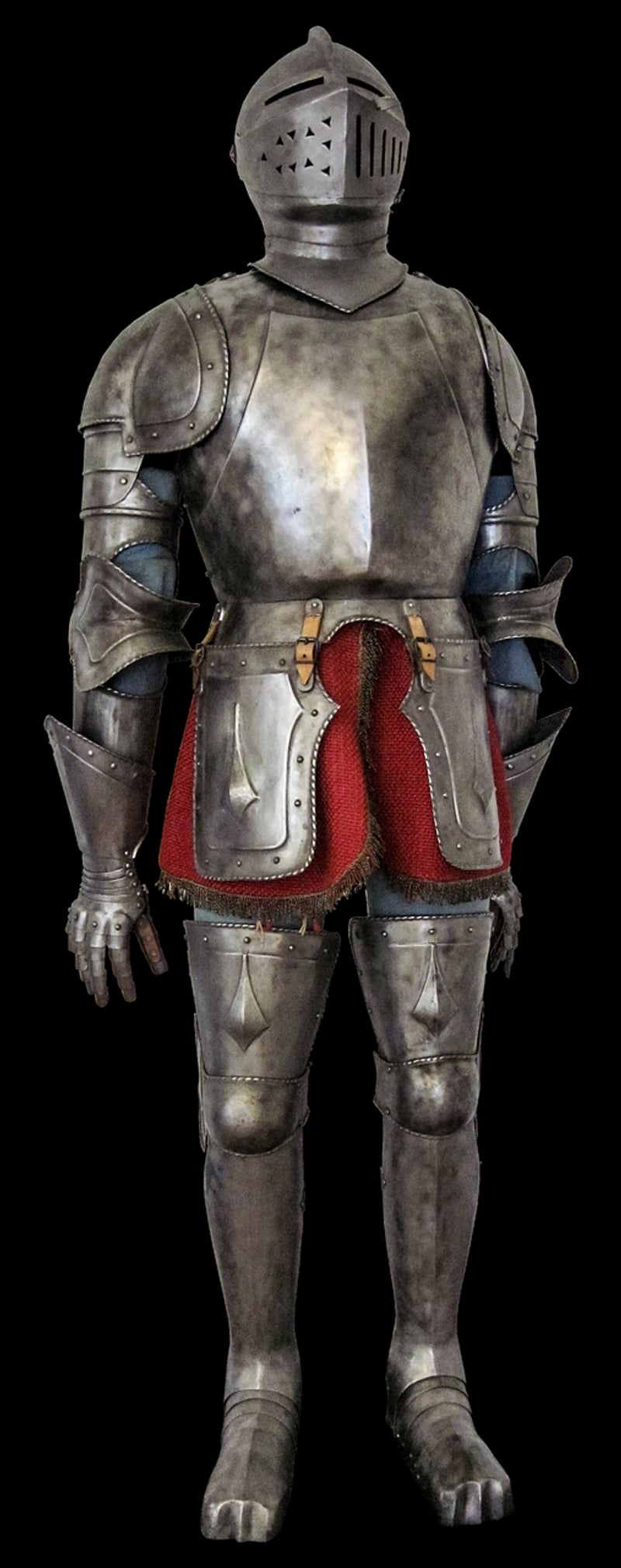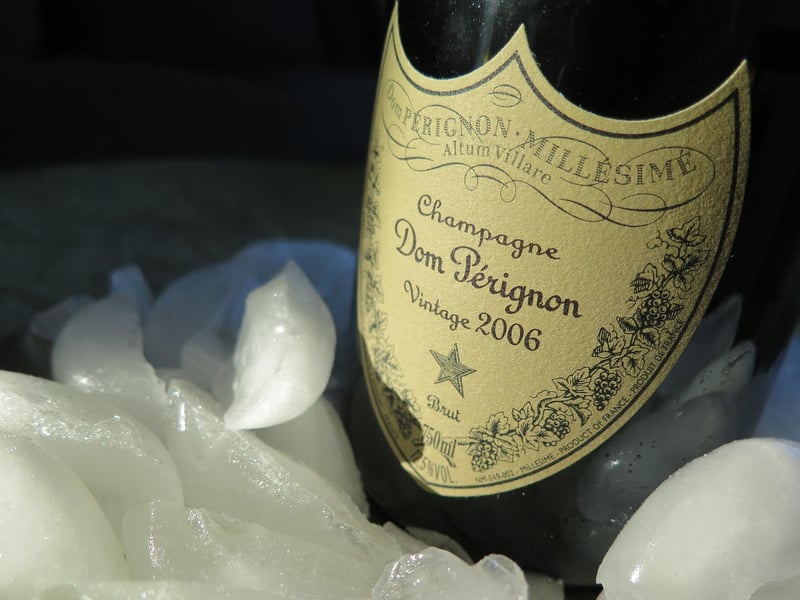Historical Etiquette
Navigating Time Safely: A Guide to Historical Etiquette
Time travel can be a thrilling adventure, but it's essential to navigate each era's social norms and etiquette to avoid unintended consequences. Whether you find yourself in the Victorian era or the Roaring Twenties, understanding historical etiquette is crucial for blending in seamlessly and respecting the customs of the time.
Victorian Era Etiquette
The Victorian era was known for its strict social conventions and elaborate etiquette rules. When in this era, remember to address people with proper titles, such as "Mr." or "Mrs.," and always use formal language when speaking. Additionally, be mindful of your posture and avoid any inappropriate topics of conversation.

Roaring Twenties Etiquette
The Roaring Twenties were a time of liberation and newfound freedoms. If you find yourself in this era, embrace the carefree spirit by participating in jazz parties and embracing modern fashion trends. Remember to address everyone with a sense of equality, regardless of their social status.

Medieval Etiquette
Traveling back to the medieval period requires a different set of etiquette rules. In this era, chivalry and respect for authority are paramount. Always address nobility with proper titles and demonstrate humility and loyalty. Participating in feasts and jousting tournaments can also help you immerse yourself in medieval culture.

Conclusion
Mastering historical etiquette is not only a way to blend in seamlessly during time travel but also a sign of respect for the customs and traditions of each era. By following these etiquette guidelines, you can navigate time safely and enjoy a truly immersive experience in the past.
Remember, when in doubt, observe and learn from the locals of the era to adapt quickly and make the most of your time travel adventures!
